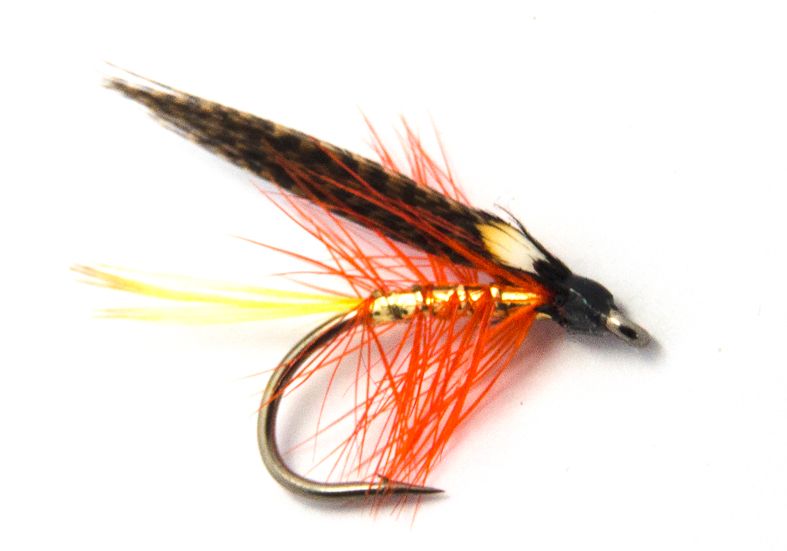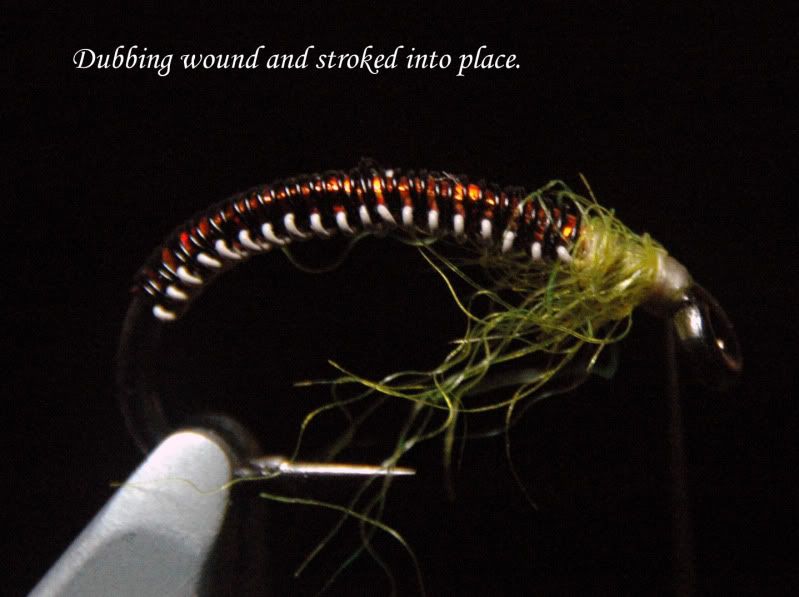That's not a bad go at a first Invicta. Making every turn of thread is important on that fly. Just one topping feather makes enough of a tail. You can get away with making the tail a little longer if you have a bushier feather. I have no secret to share when it comes to palmering hackle. Just practice. I try to pay great attention to what I'm doing when I tie a fly, but I have no idea what I am doing now with palmered hackle that I wasn't when I started. Perhaps it is down to the better quality hackle we have today.
The Bi Colour is a fun tie, something a little different. I can't tell if you have used a bead for the thorax in yours. I usually make mine using the buts of the pheasant tail tied in for the back. As they are tied in on top of the hook you can double them back to create a lump, them once the body is wound over the top of it you have a thoracic lump. One advantage with this is it is all on the top of the hook shank. Keeping the gap free. Important on small flies.
It is an idea after half hitching the wire to put a drop of head cement on it, but we do that with thread so its no worse.
I've loads of patterns, what sort of thing would you like? In a similar vein to the Invicta is the Dunkeld.
If you have someone on hand who can untangle your fingers afterwards you can have a go at a really fast sinking fly.
Cheers,
A.





 Reply With Quote
Reply With Quote